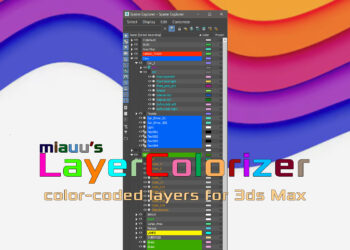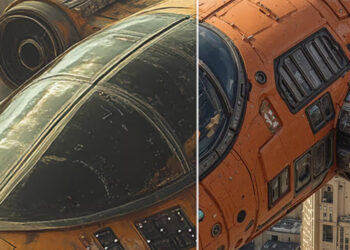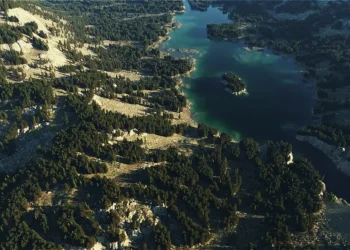Infinigen is a procedural generator for 3D scenes developed by the Princeton Vision & Learning Lab that has been designed to aid with computer vision research. Its open-source nature and foundation in Blender make it an accessible solution for the creation of of high-quality 3D training data.
The software’s prime features include its procedural generation abilities, which use randomised mathematical rules to create everything from macro structures to micro details. Users have complete control over asset generation, with the ability to override default parameters of randomisation for unlimited variations.
Infinigen is currently focused on generating a diverse range of objects and scenes from the natural world, such as plants, animals, and various natural phenomena, based on the idea that mammalian vision evolved in these contexts. Yet, the software’s scope is anticipated to broaden to include built environments and artificial objects.
The system prioritises real geometry, eschewing techniques like bump/normal-maps and full-transparency that often simulate geometric detail. All fine details are real, ensuring accurate 3D ground truth, making it an ideal solution for 3D vision research.
Additionally, Infinigen offers automatic high-quality annotations for various computer vision tasks, such as optical flow, 3D scene flow, depth, surface normals, panoptic segmentation, and occlusion boundaries. These annotations are fully customisable, due to users’ complete access to the rendering process.
Find out more on the project’s website.










